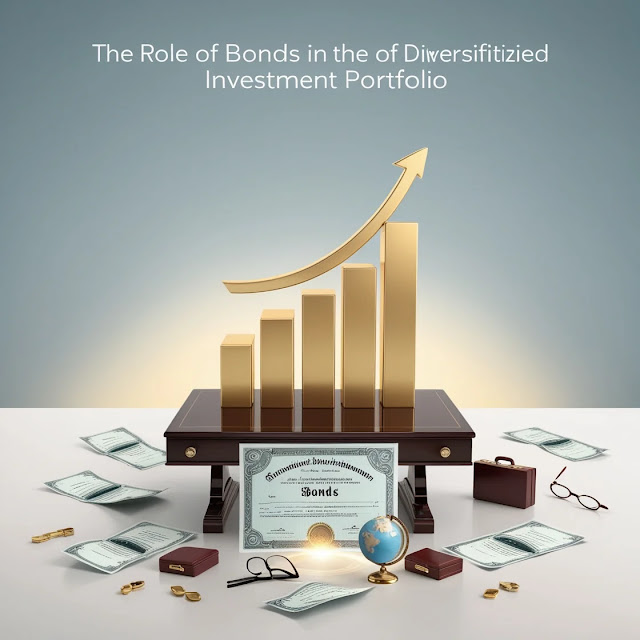Investing in the Retail Sector: Consumer Goods and Services
Investing in the retail sector, particularly in consumer goods and services, is a compelling opportunity for both short-term and long-term investors. The retail industry plays a crucial role in the global economy, driven by consumer demand, innovation, and evolving trends. Understanding this sector is key to making informed investment decisions.
 |
| Investing in the Retail Sector: Consumer Goods and Services |
Understanding the Retail Sector
The retail sector is the point of interaction between businesses and consumers, encompassing everything from brick-and-mortar stores to e-commerce platforms. It includes a wide variety of industries, from clothing and electronics to groceries and luxury goods. Retailers are responsible for bringing goods and services from manufacturers and suppliers directly to consumers, making this a vital component of the global economy. The rise of digital commerce has dramatically reshaped the retail landscape, opening new opportunities for investors who can tap into these changing dynamics.
Why Invest in Consumer Goods and Services?
Consumer goods and services are at the heart of the retail sector, and they offer a stable and potentially lucrative area for investment. The demand for consumer staples like food, hygiene products, and household items remains constant, even during economic downturns. On the other hand, consumer discretionary goods, such as fashion, electronics, and leisure services, experience growth during periods of economic expansion. By investing in companies that provide consumer goods and services, you’re aligning with a sector that benefits from strong consumer demand, brand loyalty, and a diversified market.
Key Players in the Retail Sector
The retail sector consists of a variety of players, including large multinational corporations, regional chains, and small independent retailers. Major companies like Walmart, Amazon, and Costco dominate the market by offering a wide range of consumer products at competitive prices. Specialty retailers like Apple and Nike focus on providing high-quality branded products. These key players shape the market and set trends, influencing consumer behavior and, consequently, the investment landscape. Understanding the strengths, weaknesses, and market positions of these companies is essential for any investor considering this sector.
Trends Driving Retail Investment
Several trends are driving investment in the retail sector, particularly in consumer goods and services. E-commerce growth is one of the most significant, with more consumers shifting from traditional shopping to online platforms. Sustainability is another major trend, as consumers increasingly prefer eco-friendly products and companies that demonstrate a commitment to environmental responsibility. Additionally, advancements in technology, such as artificial intelligence and personalized shopping experiences, are reshaping the way consumers interact with retailers. These trends present opportunities for investors to tap into evolving consumer behavior.
Risks of Investing in Retail
While the retail sector offers many investment opportunities, it also comes with risks. One of the primary risks is the volatility of consumer behavior, which can be influenced by economic conditions, trends, and unexpected events. Retailers also face increasing competition, both from established companies and new entrants. E-commerce giants like Amazon continue to disrupt the market, putting pressure on traditional retailers. Additionally, supply chain issues, especially in a globalized economy, can have a significant impact on the sector’s performance. It’s important for investors to carefully assess these risks before making any decisions.
How to Start Investing in the Retail Sector
To start investing in the retail sector, it’s important to understand the market landscape and your investment goals. One option is to invest in individual retail companies, especially those that dominate specific niches or show consistent growth. Another approach is to invest in exchange-traded funds (ETFs) that focus on retail or consumer goods. ETFs provide diversification, reducing the risk associated with investing in a single company. For those new to the sector, researching market trends, reading financial reports, and staying updated on consumer behavior are crucial steps in building a successful investment strategy.
Questions and Answers
How can I mitigate risks when investing in the retail sector?
To mitigate risks, diversify your investments across different retail segments such as consumer staples, e-commerce, and luxury goods. Additionally, consider investing in well-established companies with strong market positions and healthy financials. Keeping an eye on market trends and consumer behavior will also help you adjust your portfolio when necessary.
What is the difference between consumer staples and consumer discretionary goods?
Consumer staples include essential products such as food, hygiene products, and household supplies, which are in demand regardless of economic conditions. Consumer discretionary goods, on the other hand, include non-essential products like fashion, electronics, and entertainment services, and their demand fluctuates based on economic trends and consumer spending power.
Which companies are the top performers in the retail sector?
Some of the top performers in the retail sector include Amazon, Walmart, Target, and Costco. These companies have shown consistent growth through a combination of strong brand presence, competitive pricing, and innovation in areas like e-commerce and supply chain management. Specialty retailers like Apple and Nike also remain influential players within their respective niches.
How do e-commerce trends affect retail investments?
E-commerce trends significantly impact retail investments by shifting consumer preferences toward online shopping. Companies with strong online platforms, like Amazon, or those that have successfully integrated e-commerce into their business models, often outperform traditional brick-and-mortar stores. Investing in companies that embrace digital transformation is crucial in capturing growth in this area.
Conclusion
Investing in the retail sector, particularly in consumer goods and services, offers numerous opportunities for growth and stability. By understanding the key players, trends, and risks associated with this sector, investors can make informed decisions that align with their financial goals. Whether you choose to invest in individual companies or through diversified ETFs, staying updated on market changes and consumer behavior will be key to your success in this dynamic industry.





